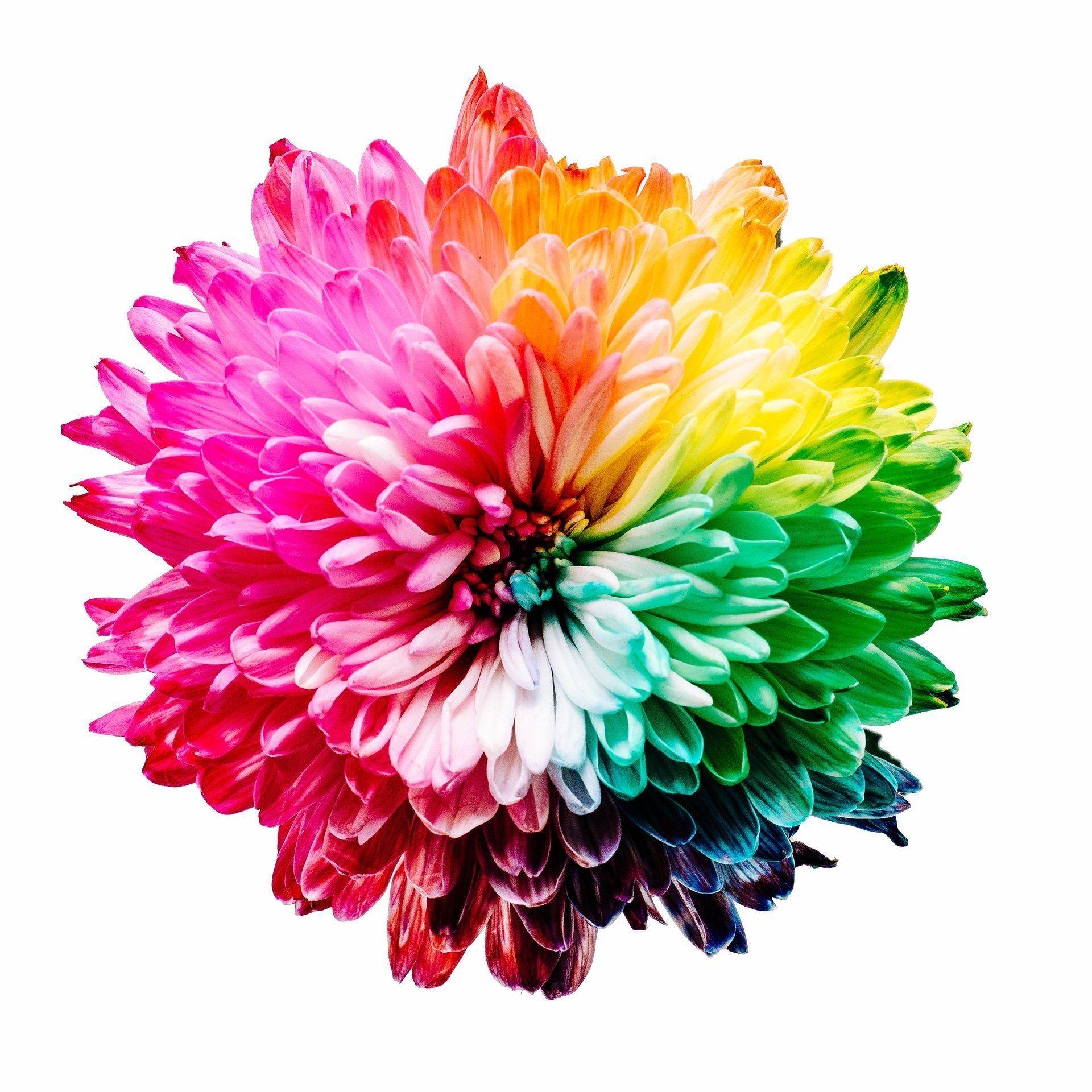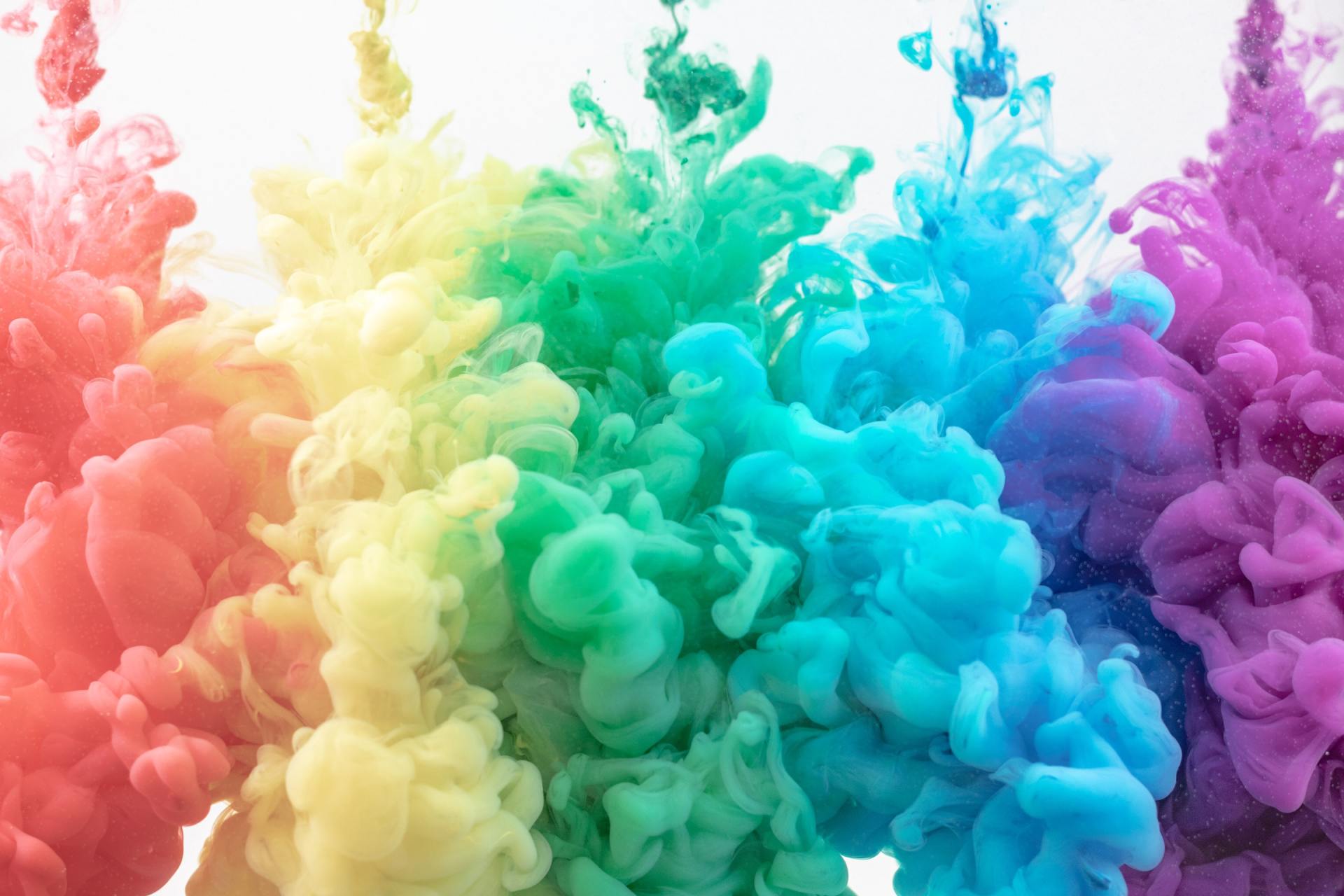A Comprehensive Guide to Website Color Schemes
Share article
A good web color palette essentially influences how a visitor interprets your messages, aided by the site’s layout and typography choice. Done well, you’ll be reaping positive results that can greatly impact your bottom line.
Choosing the right color scheme goes beyond just choosing the aesthetically pleasing, however. A skilled designer must understand the importance of a color scheme evaluation, done based on the brand’s personality, color meanings, and of course, the products or services offered.
Countless rules exist out there, all claiming to maximize your website’s performance. Stay away from the minimalistic styles they say, only for others to circle back and claim that minimal is the way to go. In a sea of noise, how do you know which one’s the best to follow?
The truth is that you can make your own—but only if you know how website color schemes work, especially color theories. Here’s everything you need to know:
The Basics of Website Design Color Scheme

A website color scheme is essentially a collection of colors. This is chosen by a team of designers or decision-makers, which shall then be incorporated into the website design plan. Color schemes are also known as color palettes and can include as little or as many colors fitting to the brand.
The choice process will be highly dependent on the website’s existing elements, including the messages to be conveyed, branding style, and other factors that will enhance the user experience. It’s important to remember that color schemes need to be divided into two categories: primary and secondary.
- Primary colors: These are more dominant on the website, which usually accounts for logo, menu, and even background colors.
- Secondary colors: These are often used as accent colors, used to support the already existing color palettes.
It’s important to note that designers can also opt to use various shades of the same color, which allows a website to look more interesting yet consistent. This is particularly important in design, as you’ll want all elements to solidify your overall brand identity. At the end of the day, you’ll want your chosen color scheme to help make your brand stand out.
How Website Color Schemes Help Your Business
Your choice of color palettes represents your visual identity. It’s how your brand resonates across your audiences, existing and prospective alike. Simply put, your colors aid in cultivating brand recognition. This visual identity eventually becomes a mode of communication, from which you and your audiences can interact. In other words, your color scheme affects your brand messaging—a crucial part of a good user experience.
Your color schemes also make a lasting impression, which is vital during the process of design and redesign. You’ll want to make your visitors and prospects remain interested once they visit your website. They need to feel a touch of professionalism, doses of high-quality content, and above all, compelling messages. All these are highly dependent on your color scheme choice.
Colors are also known to create emotional connections. It may not be apparent, but colors have the capability of triggering various emotions. They can even go as far as gauge out associations, all depending on the eye of the beholder. Your choice of color palette essentially conveys messages of emotions. It will help shape your voice and tone, which can further help you hone your identity.
Choosing the Best Website Color Scheme for Your Brand
Now that we’ve gone through the basics of color schemes and touched on the importance of incorporating them into your website, you’re now ready to choose one that works for you. As previously mentioned, the ideal website color palette must reflect your purpose, values, and beliefs as a brand.
Loud colors may end up looking more casual, triggering a sense of excitement. Neutral tones, on the other hand, could mean more formal and sophisticated. While certainly true, this simple formula isn’t always easy to translate—especially when you’re facing thousands of possible color combinations.
The question now stands—how do you choose the right color scheme for your brand? The answer is simple: learn color theory. The color theory essentially pertains to the science of colors, and in particular, how it works. Although an extensive subject matter, there are ways in which you can incorporate the practice into your website design.
We’ve already touched on it previously by mentioning primary and secondary colors, but keep in mind that another category exists: tertiary colors. Let’s dig deeper into each:
- Primary colors cannot be made by mixing two colors. They simply exist on their own: yellow, red, and blue.
- Secondary colors can be made by mixing two primary colors. Mixing blue and yellow will give you green, for instance, which is a secondary color.
- Tertiary colors are created by mixing primary colors and secondary colors falling next to each other on the color wheel. These result in compound colors, such as blue-violet from a mix of primary blue and secondary violet.
It’s also important to pay close attention to color warmth. You can either use warm or cool colors on your color palette. Warm colors pertain to shades of reds, yellows, and oranges. Cool colors pertain to greens, violets, and blues.
Color nuances also play a role in your color palette choice, especially since not every color you see is deemed pure. Most of the shades you see online are affected in some way, edited for an extra touch of character. You may see images edited with a tint, which is a color with white added to it. A shade is also a form of nuance, which is a color with black added to it. A tone, on the other hand, pertains to a color with grey added to it.
Simply put, all these should be taken into consideration when choosing a color palette that works.
The Bottom Line
Choosing a color palette may have seemed easy to do before this article, but it’s actually an extensive process that requires thorough planning. The choice will take some trial and error, especially since so many factors need to be taken into account.
In the end, however, you’ll want to come up with something engaging—one that fully embraces what your brand has to offer. In time, you’ll find your color schemes bleeding into other aspects of your brand, such as social media and other digital marketing efforts.
The process will be challenging, but you’ll be left with solid color combinations that help your brand stand out. At the end of the day, it’s all about pursuing growth.
Looking to have your site redesigned? Have additional questions about website design? The Stack Group is a
website design company working with small to medium size companies. We work with clients both locally here in Massachusetts and across the country.
Want to get in touch with us?
Contact us online
Questions? Have a project you're ready to launch?
Simply text our team at
(857) 256-1295 or send us a message!
Latest Articles







